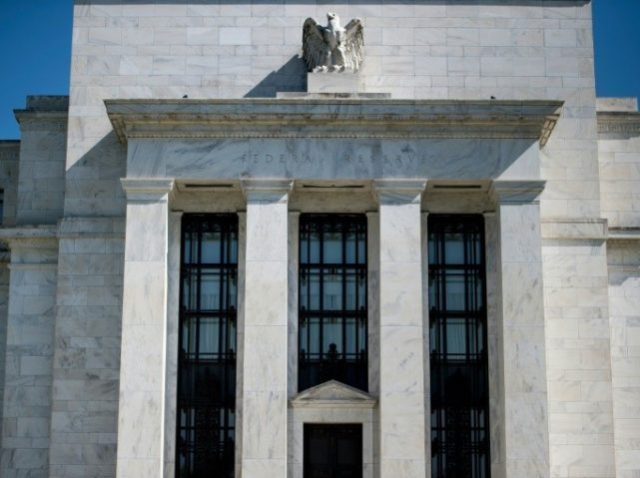The Federal Reserve said Thursday that Wall Street’s two last independent investment banking powerhouses will not be permitted to raise dividends of share buybacks.
Regulators said that the capital levels of both Goldman Sachs and Morgan Stanley would fall below regulator minimums in the Fed’s theoretical stress scenario if they increased capital distributions. Data released last week showed that both banks passed the Fed’s stress tests but without much room for error.
The inability to raise dividends or buybacks will likely surprise many investors because both banks said last week that the first round stress test results were not necessarily indicative of a constraint on raising capital distributions.
Four other banks–JPMorgan, American Express, KeyCorp and M&T–were forced to pare down their capital return plans in the second round of the stress tests, in which the Fed examines both the strength of the bank’s capital positions and their internal processes for evaluating capital planning.
Only one of the 354 banks subjected to the stress tests failed the second round, the U.S. unit of Germany’s Deutsche Bank. The Fed flunked Deutsche Bank for “qualitative” reasons, which means it found the bank’s capital planning processes inadequate. Deutsche Bank’s U.S. unit has been a particular focus for the ire of U.S. regulators in recent years and has failed the stress test in three of the past four years. As a result of the failure, Deutsche Bank will not be able to make distributions to its troubled German parent banks.
Several banks, including J.P. Morgan and Wells Fargo, announced dividend or buyback increases after being given the green light by the Federal Reserve. Despite the constraint on capital distributions, Morgan Stanley and Goldman announced that they would raise dividends. To do so, both banks will likely have to lower their share buyback plans to keep their total capital distributions level with the prior year.
Overall, the banks’ performance on both parts of the tests received praise from regulators. Thursday’s results “demonstrate that the largest banks have strong capital levels, and after making their approved capital distributions, would retain their ability to lend even in a severe recession,” said Randal Quarles, the Fed’s head of financial regulation.
In a sign of the confidence of regulators in the strength of the biggest U.S. banks, those banks are now authorized to pay out 95% of their expected aggregate profits over the coming year, according to a bank regulator.

COMMENTS
Please let us know if you're having issues with commenting.